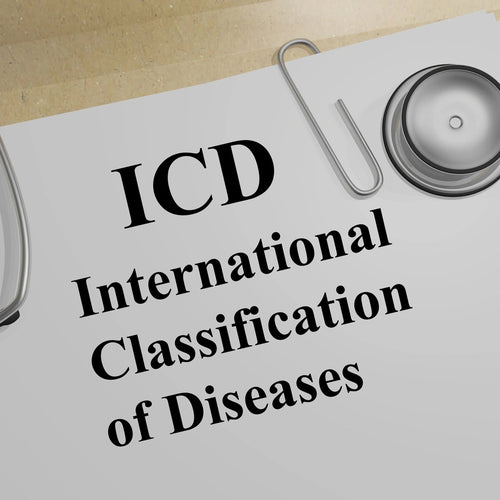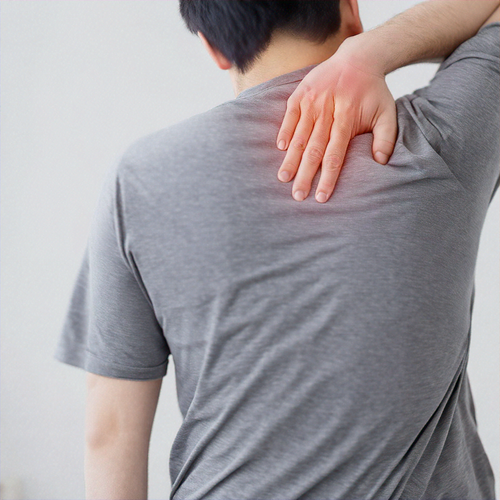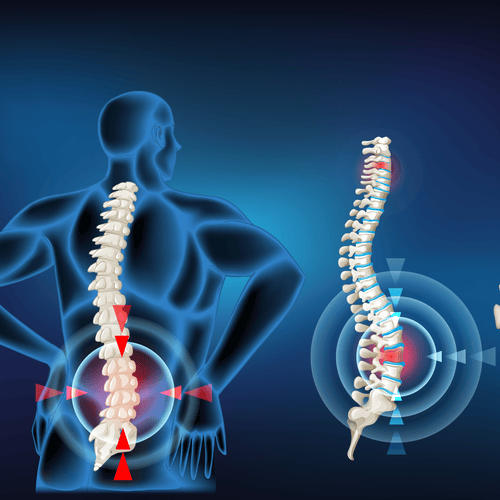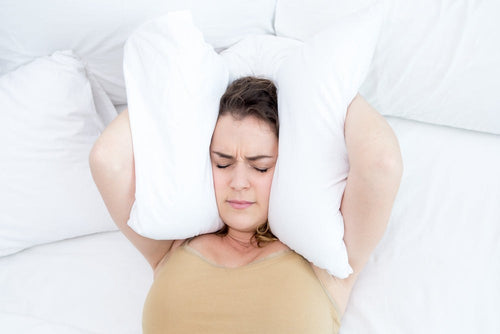The obesity epidemic is a growing concern worldwide, especially in North America. As healthcare professionals seek to tackle this issue from multiple angles, acupuncture has emerged as a promising complementary therapy. But how exactly does acupuncture aid in weight management? This article aims to elucidate the specific acupuncture points, TCM patterns, and adjunct therapies to consider when treating weight-related issues.
Three Contributing Factors to Weight Gain
1. Poor Diet
An unhealthy diet high in sugars, fats, and processed foods is one of the most significant contributors to weight gain.
2. Lack of Exercise
A sedentary lifestyle exacerbates weight gain and makes it difficult for individuals to shed those extra pounds.
3. Emotional Factors
Stress, anxiety, and other emotional imbalances often lead to overeating and weight gain.
Specific Acupuncture Points for Weight Management
Stomach Meridian:
- ST36 (Zu San Li): Located below the knee, this point is known to regulate digestion and reduce fatigue.
Spleen Meridian:
- SP6 (San Yin Jiao): Located on the inner side of the leg above the ankle, it helps in strengthening the spleen, which is crucial for healthy digestion.
Liver Meridian:
- LV3 (Tai Chong): Situated on the foot, between the first and second toes, this point is useful for stress reduction and emotional eating.
TCM Patterns and Weight Management
Spleen Qi Deficiency
This pattern often manifests as fatigue, bloating, and poor digestion.
- Acupuncture Treatment: SP3 (Tai Bai) and BL20 (Pi Shu) to strengthen the Spleen.
- TCM Formulas: Liu Jun Zi Tang to tonify Spleen Qi.
- Dietary Suggestions: Light, easily digestible foods like pumpkin, rice, and lean meats.
Liver Qi Stagnation
Emotional stress and tension can lead to this pattern, often accompanied by overeating or binge eating.
- Acupuncture Treatment: LV3 (Tai Chong) and GB34 (Yang Ling Quan) to move Liver Qi.
- TCM Formulas: Xiao Yao San to relieve stress and promote Qi flow.
- Dietary Suggestions: Foods that move Qi such as peppermint, chamomile, and green tea.
Phlegm and Damp Accumulation
This pattern shows up as excess body weight with a heavy, sluggish feeling.
- Acupuncture Treatment: ST40 (Feng Long) and SP9 (Yin Ling Quan) to transform Phlegm and drain Dampness.
- TCM Formulas: Er Chen Tang to dry Dampness and transform Phlegm.
- Dietary Suggestions: Foods that dry Dampness like barley, adzuki beans, and mushrooms.
Acupuncture, supported by the foundational principles of Traditional Chinese Medicine, offers a holistic approach to weight management. Several studies, including one published in the International Journal of Obesity, suggest that acupuncture can significantly aid in reducing body mass index (BMI) and waist circumference when combined with a traditional weight loss program1.
Through understanding the underlying TCM patterns and utilizing the appropriate acupuncture points, practitioners can provide an alternative or complementary treatment to conventional weight loss programs, contributing to effective and lasting weight management.



















